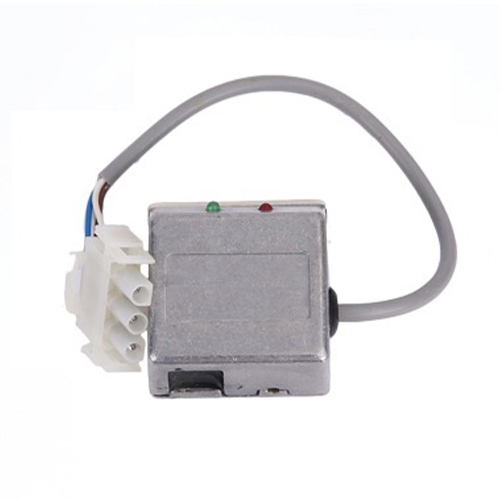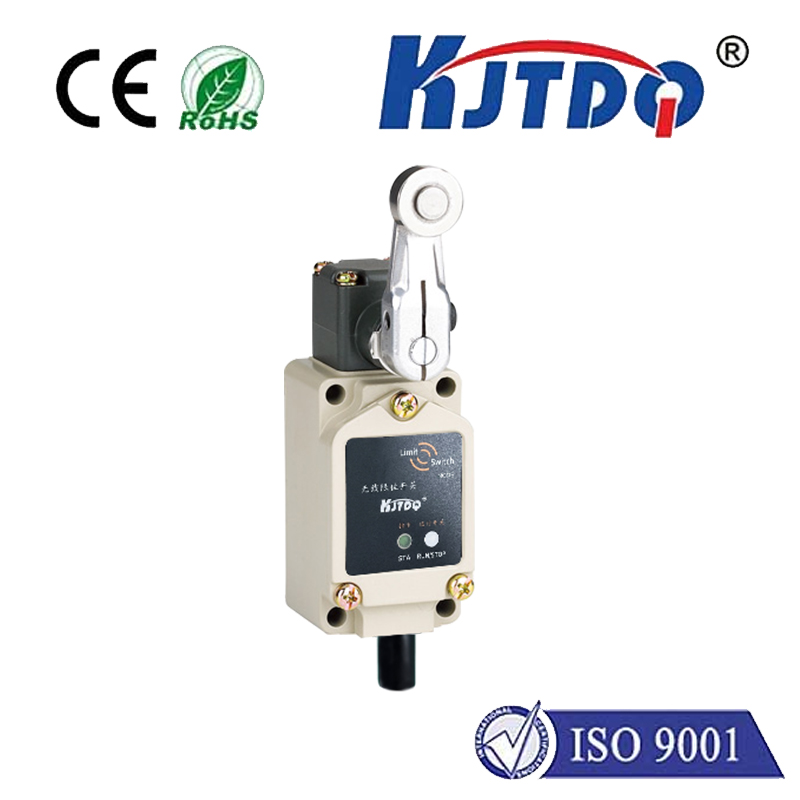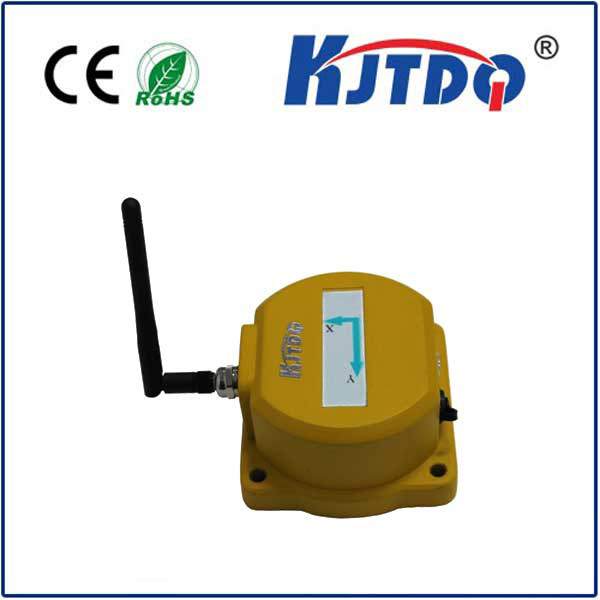How to Build a Laser Tripwire Alarm System Using Arduino Have you ever wanted to create a high-tech security system for your home or workspace? Imagine a setup that detects intruders with the precision of a laser beam. With Arduino, you can turn this idea into reality by building a laser tripwire alarm system. This project is not only fun and educational but also practical, offering a hands-on introduction to electronics and programming. In this guide, we’ll walk you through the steps to create your own laser tripwire using Arduino, a laser module, and a photoresistor.
А.laser tripwire is a security mechanism that uses a laser beam to detect movement. When the beam is interrupted—by a person or object—an alarm is triggered. This concept is often seen in spy movies, but you can easily replicate it using affordable components like Arduino. The system works by sending a laser beam to a photoresistor (light sensor). If the beam is blocked, the sensor detects the change in light intensity, and the Arduino triggers an alert, such as a buzzer or an LED.
Arduino is a versatile microcontroller platform that’s perfect for DIY projects like this. It’s beginner-friendly, cost-effective, and has a vast community of users who share tutorials and code. By using Arduino, you can customize your tripwire system to suit your needs, whether it’s adding a remote notification feature or integrating it with other smart devices.
To build your laser tripwire alarm system, you’ll need the following components:
Arduino Uno (or any compatible board)
Laser diode module
Photoresistor (LDR)
10kΩ resistor
Buzzer
LED (optional)

Breadboard and jumper wires
The first step is to position the laser diode and photoresistor opposite each other. The laser beam should directly hit the photoresistor. When the beam is uninterrupted, the photoresistor detects the light, and its resistance remains low. When the beam is blocked, the resistance increases, signaling the Arduino to take action.
Connect the components to the Arduino as follows:
Photoresistor: Connect one leg to the 5V pin and the other to an analog pin (e.g., A0). Add a 10kΩ resistor between the analog pin and ground to create a voltage divider.
Laser Diode: Connect the positive leg to a digital pin (e.g., D2) and the negative leg to ground.
Buzzer: Connect the positive leg to a digital pin (e.g., D3) and the negative leg to ground.
LED (optional): Connect the anode to a digital pin (e.g., D4) and the cathode to ground.
The code for this project is straightforward. It reads the analog value from the photoresistor and checks if the laser beam is interrupted. If the value exceeds a certain threshold, the Arduino activates the buzzer and LED. Here’s a sample code snippet:
int ldrPin = A0;
int laserPin = 2;
int buzzerPin = 3;
int ledPin = 4;
int threshold = 500;
void setup() {
pinMode(laserPin, OUTPUT);
pinMode(buzzerPin, OUTPUT);
pinMode(ledPin, OUTPUT);
digitalWrite(laserPin, HIGH); // Turn on the laser
Serial.begin(9600);
}
void loop() {
int ldrValue = analogRead(ldrPin);
Serial.println(ldrValue);
if (ldrValue > threshold) {
digitalWrite(buzzerPin, HIGH); // Activate buzzer
digitalWrite(ledPin, HIGH); // Turn on LED
} else {
digitalWrite(buzzerPin, LOW); // Turn off buzzer
digitalWrite(ledPin, LOW); // Turn off LED
}
}
After uploading the code, test your system. Ensure the laser beam is aligned with the photoresistor. You may need to adjust the threshold value in the code to account for ambient light conditions. Use the Serial Monitor to observe the photoresistor readings and fine-tune the sensitivity.
Once you’ve mastered the basics, you can enhance your project with additional features:
Remote Notifications: Use an ESP8266 module to send alerts to your phone via Wi-Fi.
Multiple Sensors: Add more laser-photoresistor pairs to cover a wider area.
Stealth Mode: Use an infrared laser and sensor for an invisible tripwire.
This project isn’t just for fun—it has real-world applications. You can use it to:
Secure doors, windows, or hallways.
Create a perimeter alarm for your property.
Monitor restricted areas in a workshop or lab.
Add a high-tech touch to your Halloween decorations.
Alignment is Key: Ensure the laser beam is perfectly aligned with the photoresistor for reliable detection.
Avoid Ambient Light: Place the system in a controlled environment or shield the photoresistor from stray light.
Test Thoroughly: Run multiple tests to ensure the system works as expected. Building a laser tripwire alarm system with Arduino is a rewarding project that combines electronics, programming, and creativity. Whether you’re a beginner or an experienced maker, this guide provides a solid foundation to explore the exciting world of DIY security systems. So grab your components, fire up your Arduino, and start building!









